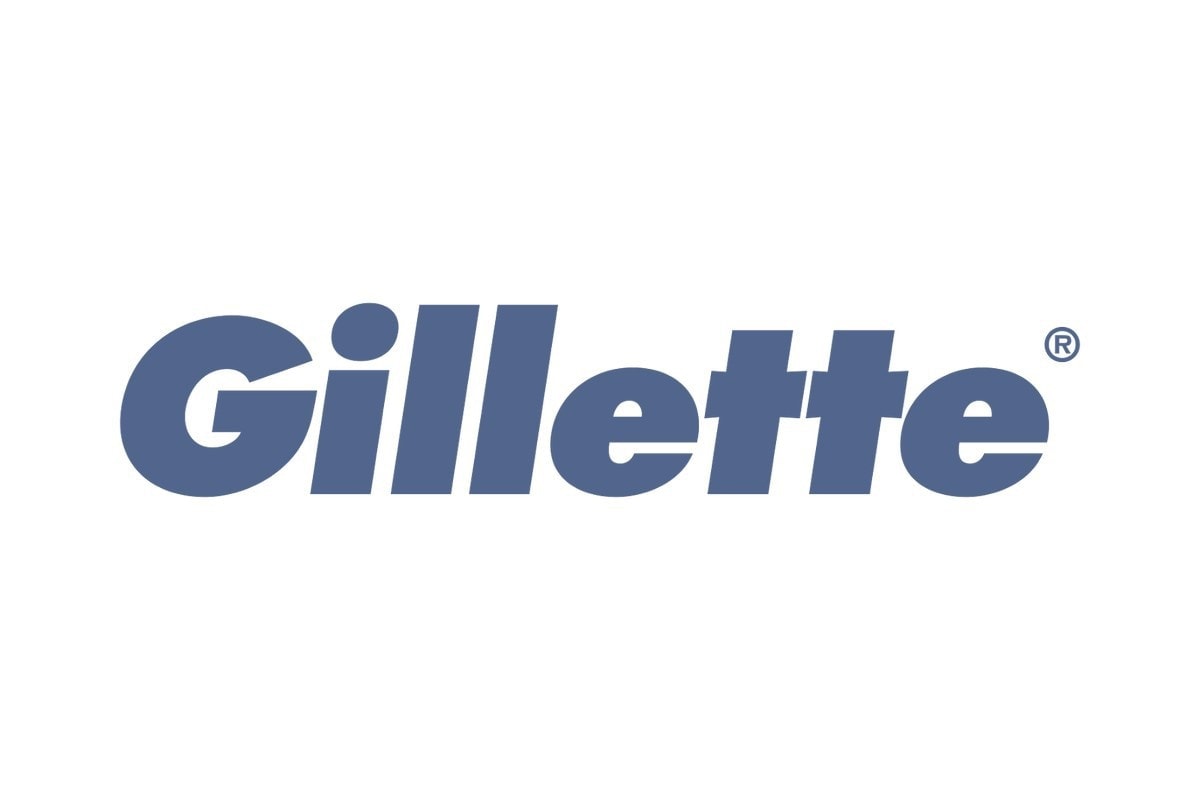/108645317-F-56a831a53df78cf7729cefca.jpg)
Comprehensive Business Plan Outline for Small Business
A Comprehensive Business Plan Template for Small Business
Business Plans Differ, But Have Several Common Elements
•••
Table of Contents
BY
Updated May 14, 2019
Business plans are a challenging startup step for many small business owners who are pitching their business ideas to investors or credit institutions for funding. Because of the vastness of information, business plans can be one of the most overwhelming parts of starting a business.
However, it's an important part of starting a business that you should not skip. One survey found that people who created a business plan were twice as likely to successfully grow their business and attract lenders or investors than those who don't.1
Business plans come in many shapes and sizes; your goal is to convince individuals to buy into your vision, and there's no one-size-fits-all approach to that. However, there are a few common elements no plan should lack. Follow this business plan outline that walks you through each section of a basic plan in the order they typically appear.
Executive Summary
The executive summary is the first section of your small business plan that is typically written last. This section highlights at least one important statement from each of the other sections in your business plan, while also including basic information about your business such as your business name and location, description of your business and its products and/or services, your management team, and the company's mission statement.
Company Description
The company description section of your business plan is typically the second section, coming after the executive summary. The company description outlines vital details about your company, such as where you are located, how large the company is, what you do, and what you hope to accomplish. This section also describes the vision and direction of the company so potential lenders and partners can develop an accurate impression of who you are.
Products or Services
The products or services section of your business plan should clearly describe what products and/or services you're selling with an emphasis on the value you're providing to your customers or clients. This section will also include pricing information, a comparison to similar products or services in the market, and an outline of future offerings.
Market Analysis
The market analysis section of your business plan comes after the products and services section and should provide a detailed overview of the industry you intend to sell your product or service in, including statistics to support your claims. This section also includes information about the industry, target market, and competition.
Marketing Strategy
The marketing strategy section of your business plan builds upon the market analysis section. This section outlines where your business fits into the market and how you will price, promote, and sell your product or service.
Management Summary
The management summary section describes how your business is structured, introduces who is involved, outlines external resources, and explains how the business is managed.
Financial Analysis
The financial analysis section should contain the details for financing your business now, what will be needed for future growth, and an estimation of your operating expenses and gross revenue.
Appendices and Supporting Info
The appendix includes information that supports your statements, assumptions, and reasoning used in the other sections of your business plan. This may include graphs, charts, statistics, photos, marketing materials, research, and other relevant data.









